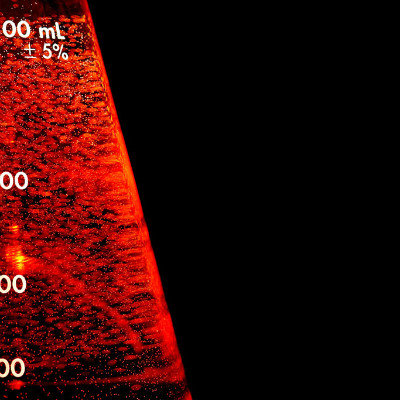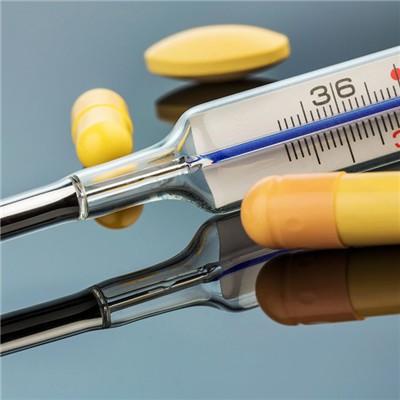What symptom does preexcitation syndrome have?
summary
Preexcitation is an abnormal phenomenon of atrioventricular conduction. Impulses are transmitted down through additional channels, which excite part or all of the ventricles in advance, causing some ventricular muscles to excite in advance. Patients with preexcitation phenomenon are called WPW syndrome or WPW syndrome, which is often accompanied by supraventricular paroxysmal tachycardia. Preexcitation is a rare arrhythmia, the diagnosis mainly depends on ECG. What symptom does preexcitation syndrome have? Let's talk about it
What symptom does preexcitation syndrome have?
No symptoms were found in the patients with preexcitation alone. Supraventricular tachycardia is similar to general supraventricular tachycardia. In patients with atrial flutter or atrial fibrillation, the ventricular rate is about 200 beats / min. in addition to palpitations and other discomfort, shock, heart failure and even sudden death may occur.

When the ventricular rate is very fast, such as 300 beats / min, auscultation heart sound can be only half of the ventricular rate on ECG, suggesting that half of ventricular activation can not produce effective mechanical contraction. Supraventricular tachycardia is similar to general supraventricular tachycardia. In patients with atrial flutter or atrial fibrillation, the ventricular rate is about 200 beats / min. in addition to palpitation and other discomfort, shock, heart failure and even sudden death can occur. When the ventricular rate is very fast, such as 300 beats / min, auscultation heart sound can be only half of the ventricular rate on ECG, suggesting that half of ventricular activation can not produce effective mechanical contraction.

Vectorcardiogram can be used as the basis for diagnosis. Its characteristic is that the initial part of QRS ring runs slowly in a straight line on each surface, lasting for 0.08 seconds, then suddenly turns and continues to run at normal speed. The running time of QRS loop can exceed 0.12 seconds. His bundle electrogram and surface or epicardial mapping are helpful to identify different types of preexcitation and locate the accessory pathway, and play an important role in the diagnosis of whether accessory pathway participates in the reentry loop of tachycardia. The pattern of preexcitation on ECG should be differentiated from bundle branch block, ventricular hypertrophy or myocardial infarction. Shortening PR interval and the presence of preshock wave can be diagnosed as preexcitation.

matters needing attention
Digitalis can accelerate the bypass conduction, verapamil and propranolol can slow down the atrioventricular nodal conduction, which may significantly increase the ventricular rate and even develop into ventricular fibrillation, so it is not suitable for use. If the attack of supraventricular tachycardia or atrial fibrillation or atrial flutter is frequent, the above antiarrhythmic drugs should be taken orally for a long time to prevent the attack.









